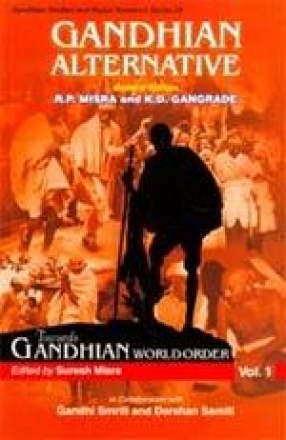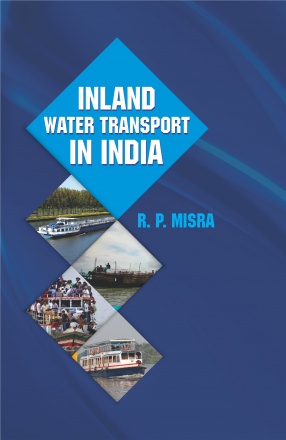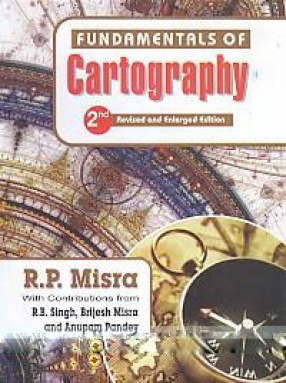India is almost one third urban and will become two thirds so before 2050. It appears that the agricultural civilization and the rural life that went with it is approaching its end. Urbanization is a dominant socio-spatial force in developing countries like India. It pulls the rich and poor alike; offers hope, even if illusive, a chance for liberation and a new beginning. The costs are enormous, as it tears man from his roots and shears him of his sense of belonging. Only a few among the millions who today drift to the large cities make a grade. Others land in slums and squatter settlements and become urban peasants. Our cities grow but the citizens decay at least half of them. Why does it happen? The Million Cities of India: Growth Dynamics, Internal Structure, Quality of life and Planning Perspectives (in two volumes) offers possible and plausible answers. Apart from chapters on each of the twenty three million plus cities of India, the book goes into the history of urbanization in India from pre-historic times and proves that the Indian cultural realm contained the largest number of major cities of the world until about 1000 A.D. So the recent upsurge of urbanization is in line with the urban potential of this country. The book finally offers a futuristic urban policy to bring India’s slum infested and ecologically degraded cities on the one hand and the poverty stricken half a million villages on the other together to usher in a system of decentralized cities and micropolisized tiny villages to constitute a new Rurban Civilization wherein man’s relations with nature and his own fellow beings are humane and sustainable. Contributors to the volumes constitute a select group of renowned urban planners, urban geographers, urban economists, demographers and urban administrators. The book is a must for urban managers, administrators, urban policy makers and students in the fields of Urban and Regional Planning, Economics, Geography, Environmental Studies, Human Ecology, Political Science, Public Administration, Demography, Sociology, Anthropology and Local government. Above all it is addressed to all those people who live and wish to live in our cities–particularly the large cities.

Million Cities of India: Growth Dynamics, Internal Structure, Quality of Life and Planning Perspectives (In 2 Volumes)
In stock
Free & Quick Delivery Worldwide
reviews
Bibliographic information
Title
Million Cities of India: Growth Dynamics, Internal Structure, Quality of Life and Planning Perspectives (In 2 Volumes)
Author
Edition
1st ed.
Publisher
ISBN
8190097504
Length
xiv+426p., xiv+427-796p., Figures; Tables; Maps; Index.
Subjects









There are no reviews yet.